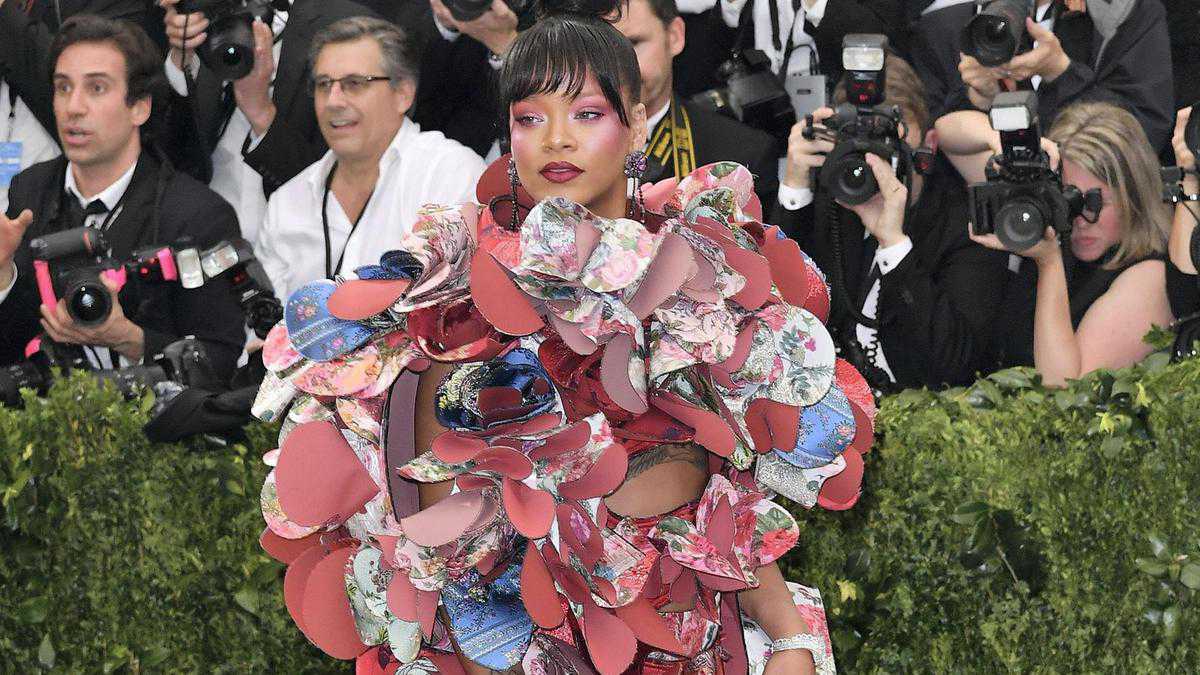How we are influenced by the ‘anti-fashion’ brigade
27 April, 2019

In an irony that only the fashion world could sustain, it is often the case that anti-fashion ends up being fashionable. It’s the mavericks and the rebels who start trends, which are then picked up by both big-name brands and high-street labels, helping to make them more palatable to and popular with the masses.
Gothic fashion, punk, hip-hop and grunge groups, and even bikers, have all inspired many a high-fashion collection. Going further back, the so-called “rational dress” of the Victorian era railed against the restrictive dress of the day to allow women more freedom of movement and independence. Likewise, flappers, Teddy boys, mods and rockers were all immediately identifiable by the clothing they wore.
These groups used clothing to represent their values, politics and world views. Formed on the fringe of society, these movements challenged the norms of the day, often making anti-fashion the precursor to the next major fashion trend.
Fashion forecaster and Dutch designer Lidewij Edelkoort published a manifesto on anti-fashion in 2015, noting 10 reasons why the fashion system is obsolete. She stated that it was, in fact, “old-fashioned”, referencing Karl Lagerfeld as an icon of a broken system no longer representative of the society we live in. The culture, she argued, was destroyed by overconsumption and the disposability of high-street trends.
The term “anti-fashion” is described as an umbrella term for styles of dress that are contrary to the trends of the day, and that can be representative of indifference or alternative political and social perspectives. Not surprisingly, a plethora of young, emerging designers identify with the term anti-fashion, shaping its meaning to include acts that challenge the mainstream systems in place in the billion-dollar industry.
Study NY, a small label founded by Tara St James, used the term anti-fashion in 2012 to describe its non-traditional calendar of collection development. St James produced microcapsule lines of a few styles every month, instead of the more usual spring / summer, autumn / winter collections. This allowed her to support her manufacturers with out-of-season production, as well as gave her more time for design development. As the designer herself noted, however, ironically the calendar bares a striking resemblance to the fast-fashion brands of the high street, albeit for very different reasons.
The Metropolitan Museum in New York featured an exhibit entitled Fashion / Anti-fashion: The Art of the In-Between, in 2017, which showcased the work of alternative Japanese brand Comme des Garcons. Anti-fashion has also been used to describe the work of Martin Margiela, Yohji Yamamoto, Rick Owens and Ann Demeulemeester, all of whom are known to embody a dark, often monochromatic aesthetic, usually starkly black, and occasionally white, focusing on texture, finish and silhouette. Each has a very distinct and personal aesthetic, and an unwavering avant-garde style, largely uninfluenced by trends.
Rei Kawakubo is the designer behind Comme des Garcons and cult destination store Dover Street Market. Kawakubo fans are known as “crows” for their habit of wearing all-black. She is responsible for inspiring many other anti-fashion designers including Margiela, Demeulemeester and Helmut Lang, and helped to establish the careers of Junya Watanabe and Sacai.
The 1997 spring /summer collection, known affectionately as the “lumps and bumps” collection, featured unexpectedly placed padded patches. Others have featured giant rosette swirls in scarlet taffeta and other materials deconstructed to display restriction, exuberance and transparency. Worn by the likes of Lady Gaga, Bjork and Tilda Swinton, the collection inevitably attracts an alternative customer who doesn’t identify with the mainstream.
Vivienne Westwood is, of course, the original fashion rebel, still going strong in her seventies. With her penchant for tartan, muslin, leather, zips and safety pins, she is synonymous with the punk movement. She dressed the anti-establishment band Sex Pistols in ripped T-shirts and bondage pants.
Transforming fashion forever with former partner Malcolm McLaren, Westwood epitomised the discontent of the working classes in the early 1970s. She then made the transition from anti-fashion to fashion with the breakup of the Sex Pistols, and her now infamous mini-crini collection, featuring shrunken versions of historical dress. Consistently referencing history through her designs, she is still ever the rebel, now using the catwalk to decry environmental damage and climate change.
Westwood, along with Alexander McQueen, Gareth Pugh and Rick Owens are among those who have been able to walk the line between subversive and high-style designs.
Their oeuvres range from eyebrow-raising alternatives to the epitome of high fashion. It’s these outliers of design, though, who set the future direction for the mainstream buyer, by challenging, experimenting and expressing their creativity.
TAG(s):
